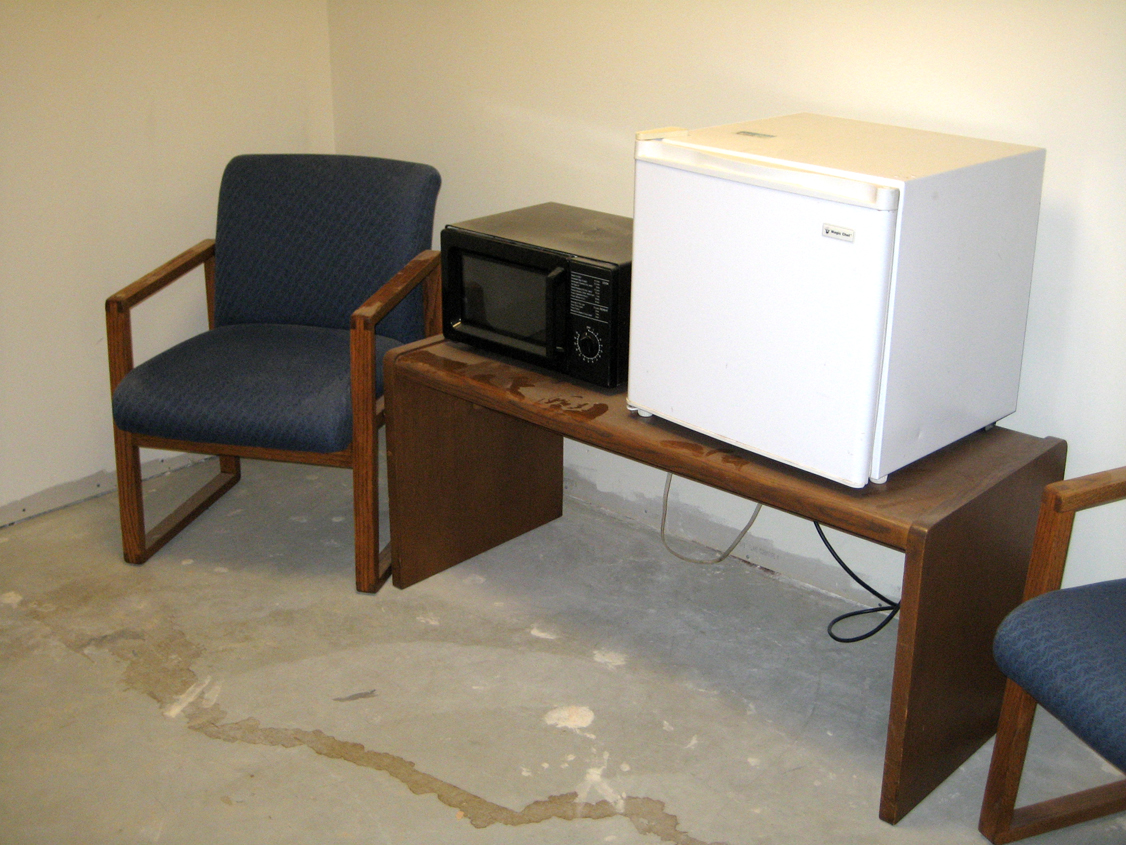Things are looking up for mass communications students at Biola as the new, revamped production center moves closer to completion. The production center, open since fall 1998, operates 24 hours a day and gives a taste of industry experience to students working toward future careers in the business.
Students can currently use at least eight edit bays, the Warren Sound Stage, audio rooms 1 and 2, the equipment room, and a journalism computer lab (which has been temporarily relocated to ROOD 51), according to Mark Spicer, manager of the production center.
The improvements are not cheap – Biola spent $990,000 over the summer to reach the current stage of construction, just a portion of the estimated $2.25 million price tag.
“We’re deep in the process of raising funds,” said Rick Bee, senior director of Alumni and Friends Development. A task force has raised $60,000 over the past two months, and there are two more fundraising phases in the future. By Christmas break, they’d like to reach $289,000, and by May, $691,000. Fund raising can be a slow process because the school regulates where money from.
“One of the policies of the university is not to take student tuition dollars or student money to do construction, so that means that all the construction dollars have to come from outside donors,” said Bee.
He identified ‘outside donors’ as members of the task force, friends of the university, parents of current students, and various foundations. As Bee put it, “it’s every source that we can tap into that’s out there.”
Though many agree the renovation is a positive thing, there have been inconveniences for students that began last semester and will continue until completion.
“I do remember a mad scramble…to clear out equipment and protect what little space we were allotted over the summer before construction started,” said junior Sydney Alford, the student manager of the production center last semester.
Sophomore Stephanie Eastman is involved in producing the Biola film this year and admits the crew could be inconvenienced because “they’re redoing Warren Studio when we do production, so we might not be able to use the studio.”
Despite these inconveniences, both acknowledge that the change was necessary.
“I think that it is a good thing because the program is expanding,” Eastman said.
According to Alford, the production center has never gotten much renovation.
“We discovered at the end of the spring semester that the front wall to the equipment room wasn’t actually a wall at all – it was just plank wood nailed to the back of the shelving unit,” she said.
In the future, students will have access to a convergent newsroom, a lobby, a lounge, a conference room, a new equipment room, a new engineering room, and Studio B, a sound stage geared toward television production, according to Spicer.
“What they have proposed to do with the building will really help the department grow and expand – we badly needed more space for projects and equipment,” Alford said.
Spicer and Chris Hansen, who provides technical support for the Cinema and Media Arts department, are currently working toward their next deadline, which is to have the master control room open by November 1.







